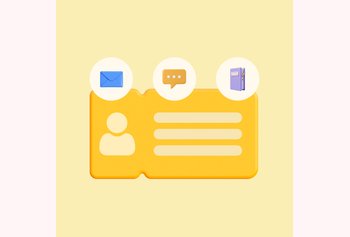How to excel as a Customer Experience Manager: 7 Proven Strategies for Success
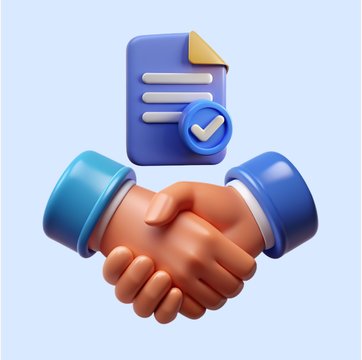
Table of contents
Have you ever left a brand’s physical store or ended a service call feeling genuinely happy by how you were treated? What makes those interactions stand out in your memory?
In a marketplace overflowing with choices, exceptional customer experiences are what set businesses apart.
This is where the role of a customer experience manager becomes crucial. They are the masterminds behind those memorable moments that turn one-time shoppers into loyal customers.
In this article, we’ll explore what a Customer Experience Manager does and unveil top strategies to excel in this pivotal role. By understanding and implementing these tactics, you can elevate customer satisfaction and drive your business forward.
Table of Contents
- What Is a Customer Experience Manager?
- 7 Proven Strategies for Outstanding Customer Experience Management
- Elevate Your Role as a Customer Experience Manager
What Is a Customer Experience Manager?
A Customer Experience Manager (CEM) is dedicated to ensuring every interaction a customer has with a company is positive and enriching. They focus on understanding customer needs and aligning the company’s services to not just meet but exceed expectations.
Think of a CEM as the director of a play. While the actors (sales, marketing, customer service) perform their roles, the director ensures that the entire production runs smoothly and tells a compelling story. Unlike a customer service representative who addresses specific issues, a CEM looks at the entire customer journey—from the first encounter to long-term loyalty—to enhance the overall experience strategy.
7 Proven Strategies for Outstanding Customer Experience Management
As a customer experience manager, how can you consistently delight your customers and make your brand experience memorable?
Especially when today there are so many options for your buyer to consider in the market.
Let’s explore seven proven strategies that will help you excel in this vital role. Each technique is designed to enhance customer satisfaction and foster loyalty, driving your business toward success.
1. Develop a Deep Understanding of Your Customers
How can you build truly exceptional customer experiences for your customers? The very first thing you must do is know who your customers are.
This involves exploring their preferences, pain points, and behaviors. Without this information, you can’t really know your customers—at least not well enough to identify and solve their problems better than your competitors.
Knowing your customers helps you anticipate their needs, allowing you to offer solutions before they even ask. This, in turn, helps create a personalized and seamless experience.
For example, consider a hotel chain that remembers a regular guest’s room preferences, such as extra pillows or a specific type of coffee. The next time the guest stays, they are greeted with these details already in place, making the experience more personal and enjoyable.
When to use this strategy: When you’re entering new markets or trying to personalize offerings for existing customers.
Tips to get started:
- You can use free tools like Google Forms to conduct surveys, gathering insights directly from customers about their preferences. If you have a customer support platform like Hiver, you can conduct CSAT surveys and understand what is working for your customers and what needs to be improved:
- Consider analyzing customer data through CRM tools like HubSpot, identifying common trends that can shape future interactions.
- You can create personas using Xtensio to better represent your audience segments and cater to their needs.
2. Map the Entire Customer Journey
Now that you understand your customers, the next step is marking all the customer touchpoints. This is your customer journey.
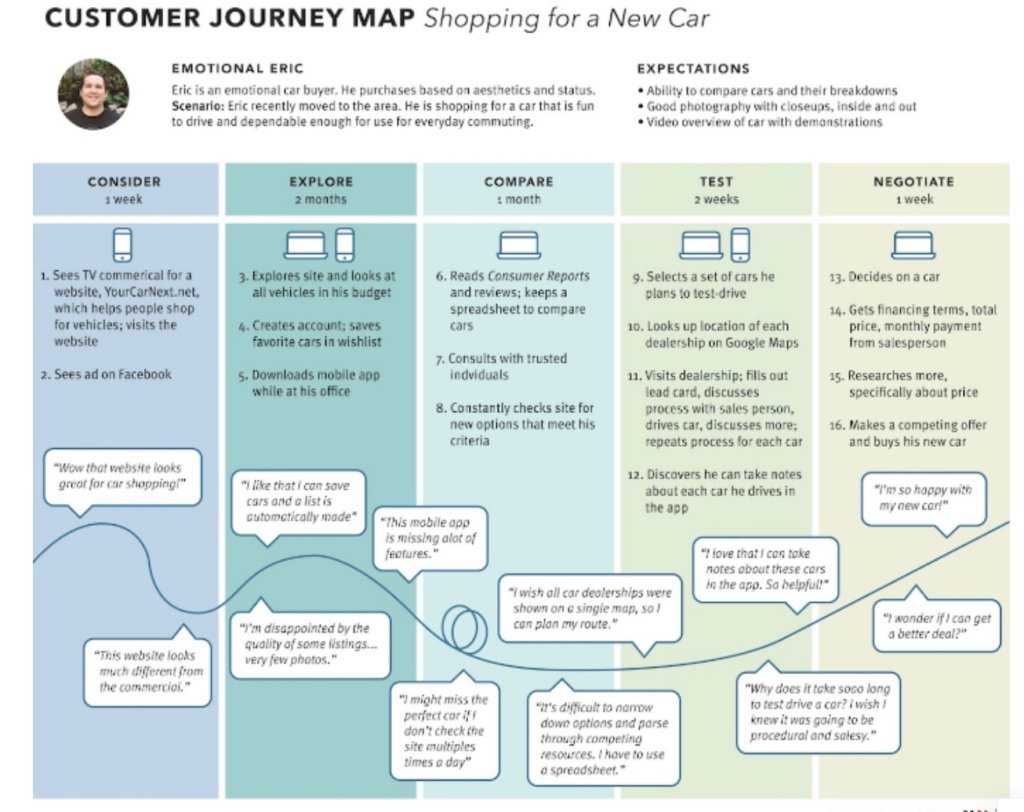
Why is this important? Because unless you know how customers interact with your business at every stage, you can’t improve their experience. By visualizing each touchpoint, you can identify areas where customers may experience friction or confusion.
This holistic view helps you improve weak spots and enhance the overall journey. It’s like creating a travel itinerary. Without planning, it’s easy for travelers to feel lost or overwhelmed—or even miss out on the must-visit places.
Similarly, by having a detailed customer journey map, you ensure that each interaction is clear, smooth, and satisfying for the customer.
When to use this strategy:Implement when customers are dropping off or experiencing pain points during interactions.
Tips to get started:
- You can use tools like Lucidchart to visually map the customer journey, detailing each step from awareness to post-purchase.
- Consider analyzing your website behavior through Google Analytics to pinpoint where customers leave or hesitate.
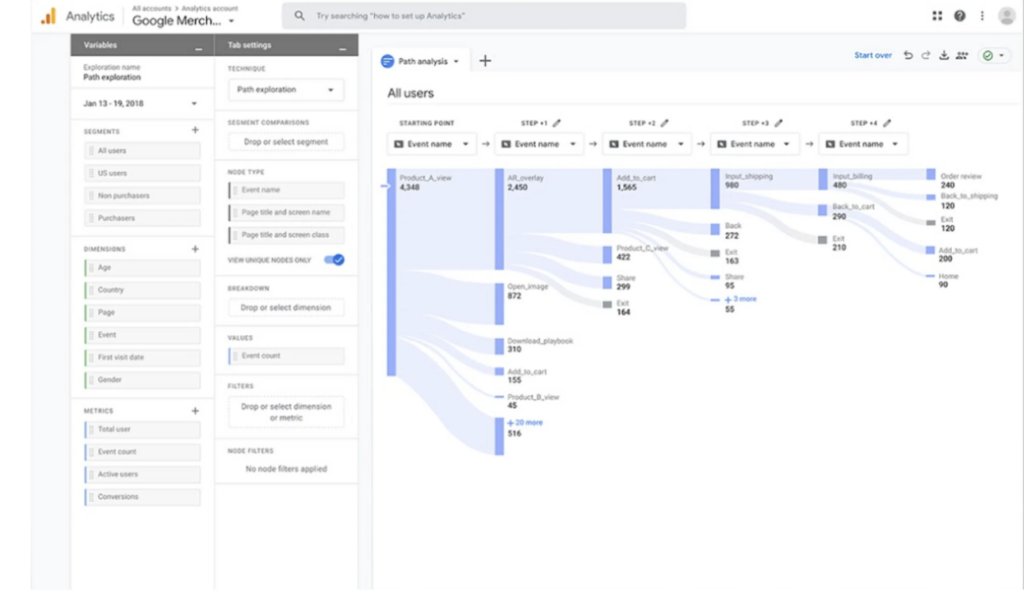
3. Foster a Customer-Centric Culture
Customer-centricity is nothing but the concept that every team member in a company is committed to helping the customer.
If you’re wondering how this strategy practically helps you boost customer loyalty—it’s simple. This way, every department has the end goal—your customer—in mind. So, support teams are not the only ones who carry the weight of improving customer satisfaction.
This requires educating staff about the importance of putting the customer first and empowering them to make decisions that improve customer satisfaction. When your entire team is focused on the customer, it creates consistency across all touchpoints.
When to use this strategy: Implement when customer feedback suggests inconsistent experiences across departments.
Tips to get started:
- You can use Trello to create task boards for customer-focused initiatives and ensure everyone is aligned.
- Leaders of the company should reiterate and underline the importance of delivering value to the customers. That way, employees are also reminded of the north star they are chasing—true customer loyalty.
4. Leverage Technology to Enhance Engagement
Tech plays a massive role in all business operations today. When it comes to improving customer experiences, there are several platforms in the market that can help you automate repetitive tasks, or even build a knowledge base from scratch for your customers.
Adopting comprehensive customer service platforms and CRM tools can help you meet customer needs quickly and effectively. If you are looking for a customer service tool that helps you improve customer experience with just the right features, consider Hiver.
You and your team don’t have to worry about repetitive tasks coming your way every day. With Hiver’s automation feature, you can automate mundane tasks. This means you have more time to focus on making your brand stand out—and build a strategy that improves over time.
When to use this strategy: Implement when manual processes are slowing down customer interactions or causing delays.
Tips to get started:
- To get started, you can adopt HubSpot CRM for free to automate customer interactions and track touchpoints effectively.
- Try using tools like Tidio to integrate chatbots into your website, providing 24/7 customer support for common questions.
5. Personalize Customer Interactions
This simply can’t be overstated, but personalization is a must-have. Think of it this way: would you be listening more intently sitting in a room with about 100 other people or when you are spoken to one-on-one?
The latter is a clear winner. The special attention on you and your needs make you feel good—it’s no different for your customers..
By customizing communications, offers, and services to individual preferences, you create a more engaging and enjoyable experience. Customers are more likely to return and recommend your brand when they feel like their specific needs are being met.
When to use this strategy: Use this when you want to increase customer engagement and loyalty by creating more meaningful interactions.
Tips to get started:
- Try using tools like Mailchimp to send personalized email campaigns based on customer behavior, such as recommending products they’ve previously viewed.
- Set up tailored product suggestions on your website based on browsing history, using Woocommerce or Shopify plugins.
- Address customers by name and refer to past interactions (wherever possible without overstepping) in communications to create a personal connection.
6. Actively Seek and Act on Customer Feedback
Customer feedback is a goldmine of valuable insights that can help you improve your services. Actively seeking out this feedback and making changes based on it shows your customers that their opinions matter. This leads to greater trust, improved satisfaction, and long-term loyalty.
In addition to fostering customer loyalty, it also helps you understand what the customers are expecting vs. what they are getting. Once you understand where the gaps lie, you can then work toward improving the customer experience and your product/service.
When to use this strategy:Implement continuously to stay aligned with changing customer needs and preferences.
Tips to get started:
- You can use tools like Typeform to create engaging surveys that customers are eager to complete.
- Monitor social media mentions using a platform like Hootsuite and respond promptly to both positive and negative feedback.
- Consider setting up a dedicated feedback channel on your website where customers can easily share their thoughts and suggestions.
7. Measure and Analyze Customer Experience Metrics
Measuring customer experience success requires tracking key metrics that reveal how well your strategies are working. Metrics like Net Promoter Score (NPS) and Customer Satisfaction (CSAT) provide quantifiable data on how customers feel about your brand. Regularly reviewing these metrics helps you identify areas for improvement and gauge the impact of your efforts.
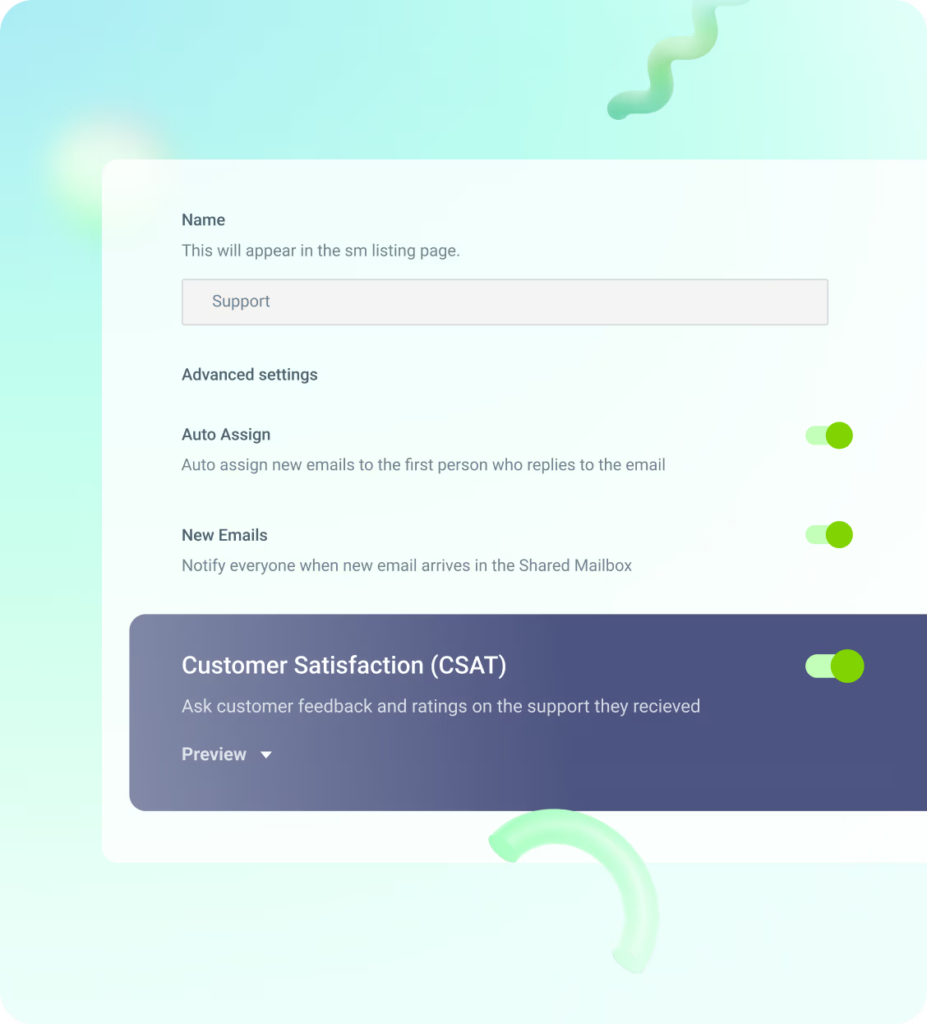
It’s like checking the pulse of your business. Just as a doctor monitors vital signs to assess health, tracking customer experience metrics helps you understand how your customers feel about your service. This data-driven approach ensures continuous improvement and better results over time.
When to use this strategy: Regularly monitor performance to make informed decisions and adjust strategies as needed.
Tips to get started:
- Monitor Net Promoter Score (NPS) using free tools like Promoter.io to assess customer loyalty.
- Ensure you have regular meetings (once a quarter at least) where you share your findings from customer surveys and chalk out a plan to improve your customer experience strategy.
Elevate Your Role as a Customer Experience Manager
By mastering these strategies, you’re not only improving customer satisfaction but also fostering lasting relationships that will drive business growth. Whether it’s leveraging the right technology, personalizing interactions, or continuously seeking feedback, each step you take toward better customer experience management is an investment in your company’s success.
I believe that the most rewarding aspect of this role is seeing the direct impact of your efforts reflected in loyal, happy customers. Remember, building exceptional customer experiences is a journey, not a one-time project. Start applying these strategies today, and you’ll pave the way for sustained success.













